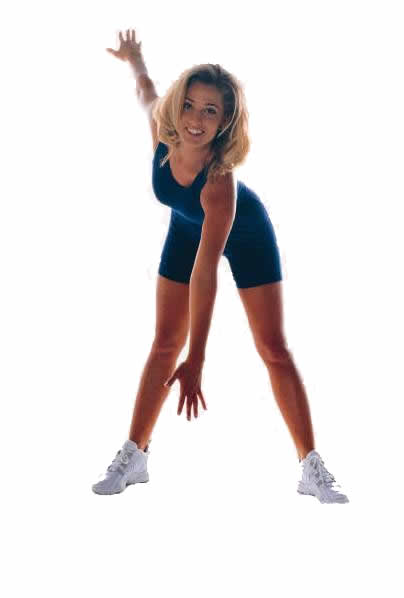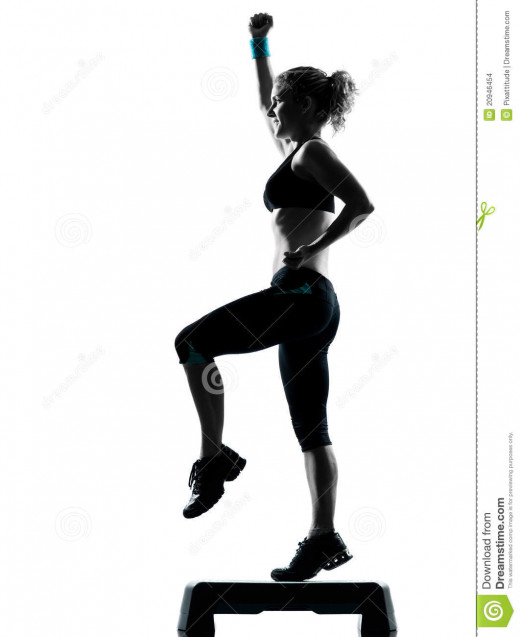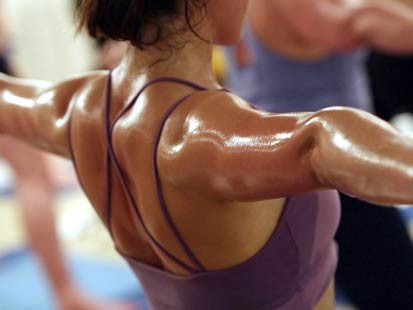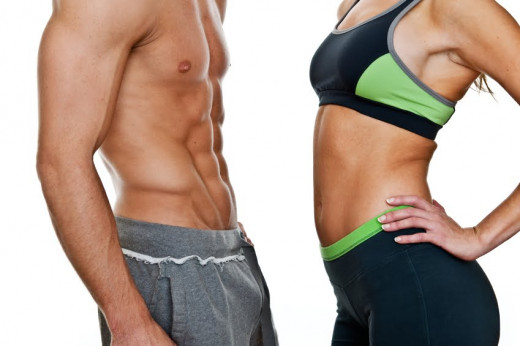The Health Significance Of Physical Exercise And Fitness From A Medical Doctor’s Perspective
Keeping Fit

A General Overview
Physical exercise is fundamental to healthy living. “Yes” or “No” is not a sufficient answer to the question “Are you fit?” Everyone has some level of fitness. However, you could feel better and healthier if you increase that level of fitness just a little. Lack of exercise or sedentary lifestyle is a well known risk factor to hypertension, diabetes and cardiovascular diseases.
Our bodies were designed to be used in physically demanding ways. However, modern life has changed the way we use them. Our schools, jobs, interests often keep us sitting still, much of the day. We drive short distances in our cars and spend our free time in front of the TV set or computer screen. All these means we have to add some physical activity into our daily lives to achieve a level of activeness that is natural and healthy. The goal of exercise is to improve endurance, strength, flexibility, posture and balance, and indeed overall health.
30 Minute Aerobic Dance Workout with Deanne Berry (Full)
Aerobics Exercise

Aerobics
Kinds Of Fitness
Aerobic Fitness: This simple means “with oxygen”. The purpose of aerobic conditioning is to increase the amount of oxygen that is delivered to our muscles which allows them work longer. It involves the use of large muscles going in a rhythmic manner.
Muscle Strengthening: Stronger muscles can mean either more power output (such as lifting objects) or muscular endurance (working for a long time before being exhausted). Weight training (resistance training) or simple exercises such as push-ups are two examples of ways we can focus on muscle straightening.
Flexibility: Like aerobic fitness and muscle straightening, flexibility is a result of physical activity. Flexibility comes from stretching. Our Muscles are repeatedly shortened when they are used. They need to be slowly and regularly stretched to counteract the repeated shortening that happens through other activities.
Understanding the differences between each kind of fitness will help us set our fitness goals. Reaching a balance among the three is important, because they affect one another and each contributes to total fitness. However, aerobic exercises of moderate intensity done for 30 minutes daily are best for improving the fitness of the heart and lungs. These activities may include
- Brisk walking- this is a great aerobic exercise
- Running
- Jogging
- Swimming
- Cycling
- Table tennis
- Dancing
- Golf (walking the course).
The cardio- respiratory benefits of exercise expires after 48 hours and the benefits of exercise are sustained when it is done on a regular basis at least every other day but preferably daily. Keep in mind that we may be fairly fit in terms of one area (perhaps aerobic fitness) but just getting started with another (such as flexibility or muscle strengthening).
30-Minute Cardio - The CafeMom Studios Workout
Steps Aerobics

A Sweaty Workout

Benefits Of Regular Physical exercise
- Heart, lungs and blood vessels transport oxygen better.
- Blood vessels are less likely to become narrowed or clogged.
- Lowers total cholesterol
- Lowers blood pressure
- Keeps blood sugar level under control
- Muscles, joints and bones become stronger with better adaptability
- Boosts immune system and so you get sick less often
- Digestive system works better
- Helps in weight loss and maintenance of denied weight
- Relieves stress and helps focus our thoughts
- Improve mental health
- Boosts energy level
- Improves the ability to fall asleep quickly and sleep well
- Releases tension
- Improves body image
- Counters anxiety and depression
- Improves the brain capacity: improves blood flow, increases alpha waves- electrical patterns associated with calmness and raises endorphin production in that it stimulates the increase of substances that are related to our moods of happiness and the feeling of well being.
- Increases enthusiasm and optimisim
- Promotes bone formation and may prevent many forms of bone loss associated with aging
- Improves body composition by favourably changing the balance between fat and muscle
- It is part of the processes and recommendation in most “quit smoking” programs.
The Rule of Rat and Turtle

Great Workouts

The Chinese Myths (The Turtle And The Rat)
There is this Chinese myth which claims we all have an equal number of a total summation of heart beats in life before we seize to exist. So, the faster we use our heart rate, the quicker we reach our end. Let’s take for example, Mr. A and Mr. B have similar summation of about 50 million heart beats to exhaust before they die. If Mr. A’s heart rate is 100/minute and Mr. B’s is 50/minute, Mr. A will sooner than Mr. B use up his and hence will die first before Mr. B.
This was backed up with the Turtle and Rat illustration. The rat is more active than the turtle and has a heart rate of about 200/minute, while the Turtle has about 5/minute. For this reason, the rat lives for a maximum of 2 years and dies while the Turtle can live for a hundred years. So, applying this to humans, the question now is??? HOW CAN WE HAVE A SLOWER HEART RATE? The simple answer is….. Regular exercise! Athletes have been proven to have lesser heart rates because the more they exercise, the less the burden on the heart and the calmer it becomes (since exercise burns off extra fats, glucose and aid in some metabolic processes, increase body aeration, hence helping the heart do its work). Don't get confused and say, but the rat is more active, and so should have a slower rate! Yeah, you are right to have this reasoning because it is logical, but mind you! The rat isn't active because it wants to reduce its rate, but it is, because its rate is NATURALLY FAST! In this situation, it is its natural feature to live a very active life. So, Rat or Turtle, which do you wanna be?
© 2014 Funom Theophilus Makama









